Bodyweight exercises stand out as adaptable, accessible, and beneficial in a world where fitness routines commonly revolve around gym equipment and specialized machines. Whether you’re an experienced fitness enthusiast or a beginner looking to jumpstart a healthier lifestyle, mastering bodyweight exercises can be life-changing.
This article discusses the advantages of bodyweight training and provides a curated list of effective exercises that can be done anywhere and without the need for expensive equipment.
Benefits of Bodyweight Training:
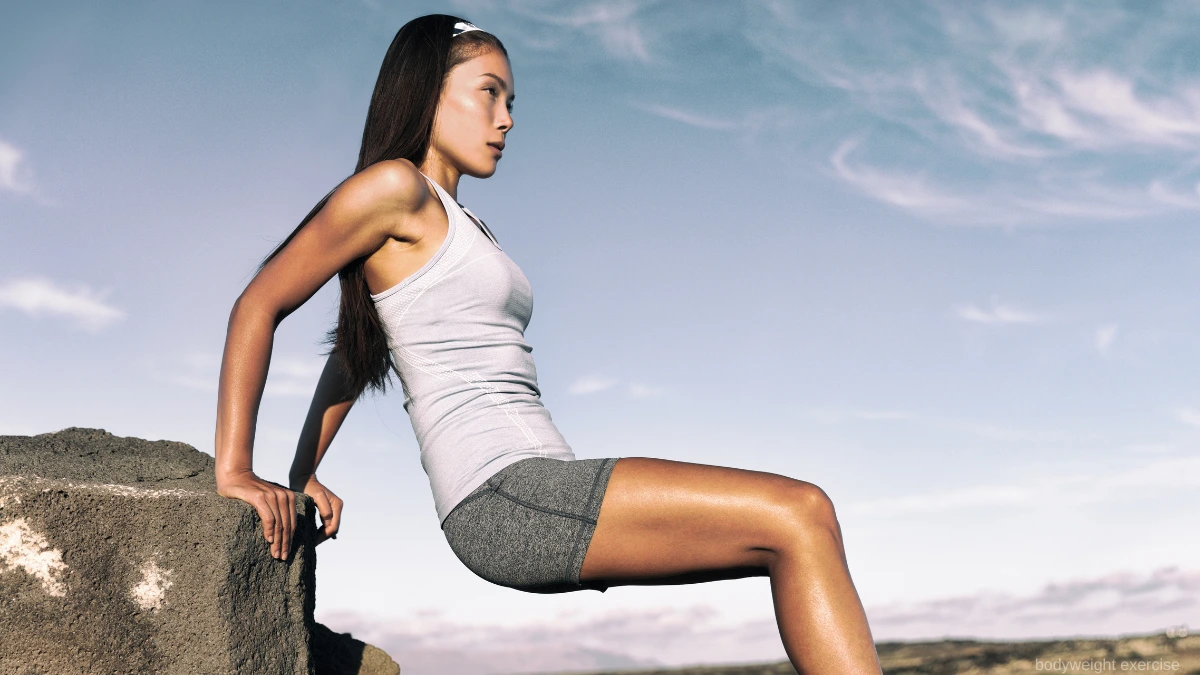
1. Convenience and Accessibility:
One of the primary benefits of bodyweight exercises is their ease of use. There is no need for a gym membership or equipment, which makes it simple to stay active whether you are at home, in a park, or traveling.
2. Low-Cost Fitness:
Bodyweight training minimizes the need for expensive gym memberships and special equipment. It’s a low-cost way to achieve and maintain fitness goals.
3. Full-Body Engagement:
Bodyweight exercises frequently engage multiple muscle groups at the same time, resulting in a full-body workout. This increases functional strength and overall fitness.
4. Increased Flexibility and Range of Motion:
Many bodyweight exercises include dynamic movements that increase flexibility and range of motion. This can help with joint health and overall flexibility.
5. Scalability for All Fitness Levels:
Because bodyweight exercises are easily scalable, they are appropriate for people of all fitness levels. Beginners can begin with improved versions, while advanced practitioners can increase the intensity for a more difficult challenge.
Essential Bodyweight Exercises you can do anywhere:

1. Push-Ups:
It is a classic upper-body exercise that targets the chest, shoulders, and triceps. Increase the difficulty by adjusting hand placement or doing incline/decline variations.

2. Bodyweight Squats:
Ideal for strengthening the lower body, bodyweight squats target the quads, hamstrings, and glutes. Focus on maintaining proper form for maximum effectiveness.
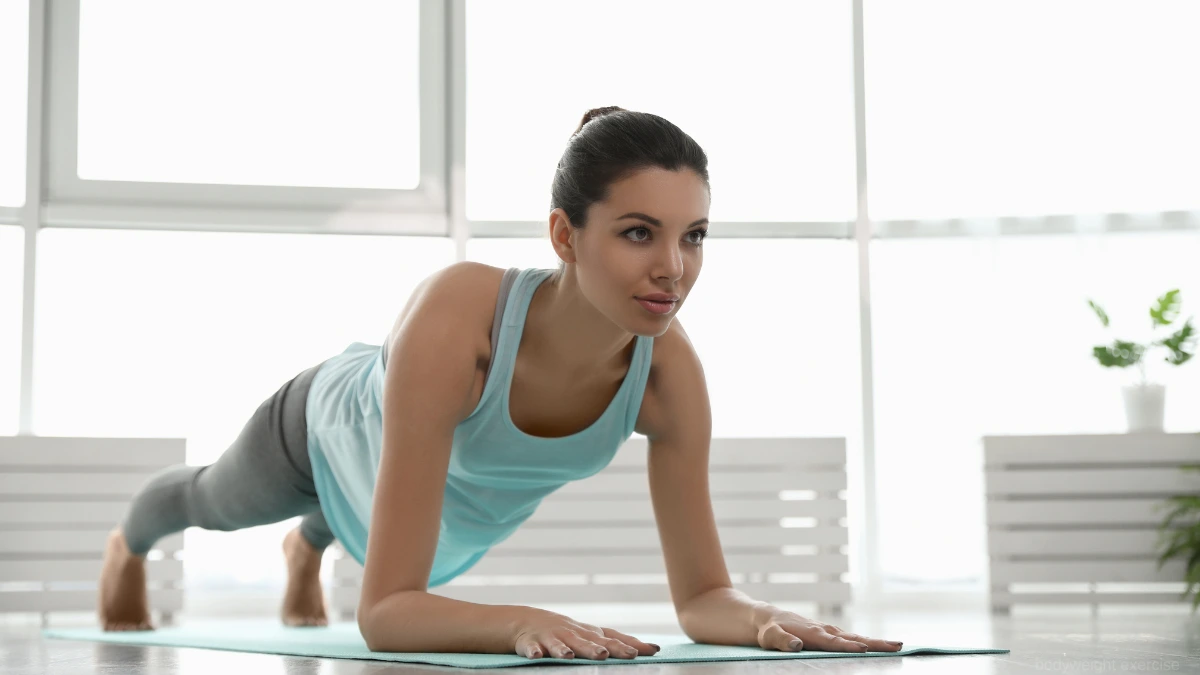
3. Plank Variations:
Planks engage the core and improve overall stability. Experiment with standard planks, side planks, and dynamic plank movements.
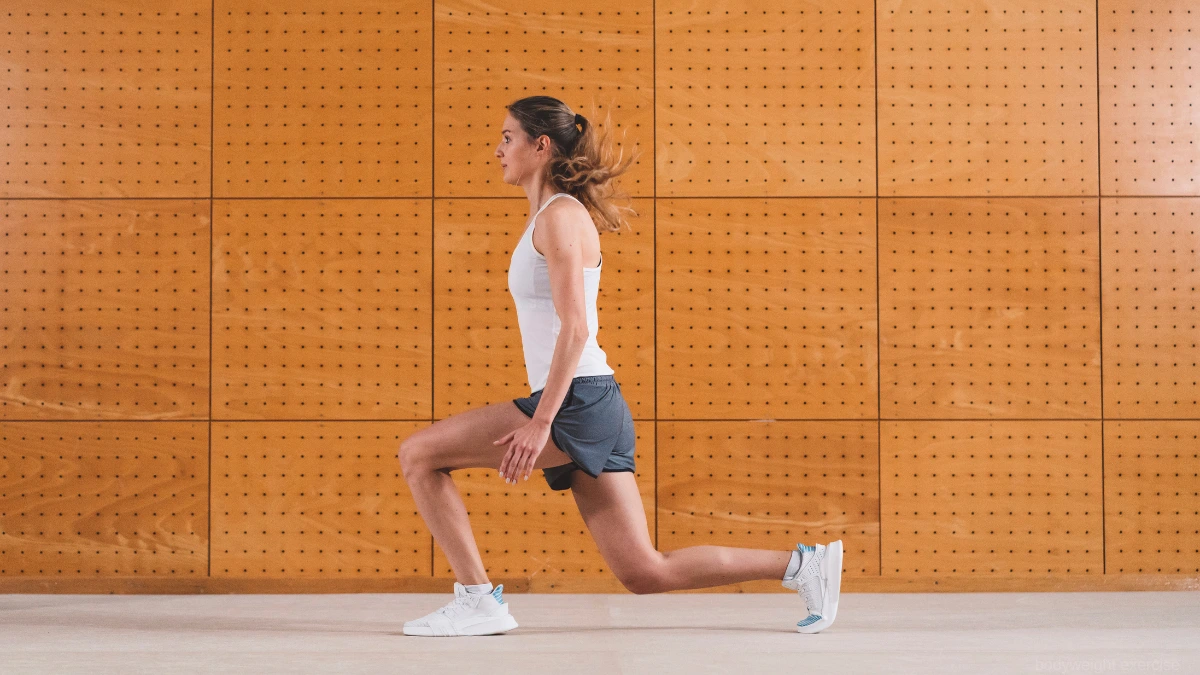
4. Lunges:
Targeting the legs and glutes, lunges can be performed in various directions to work different muscle groups. Add a forward, reverse, or lateral lunge to your routine.
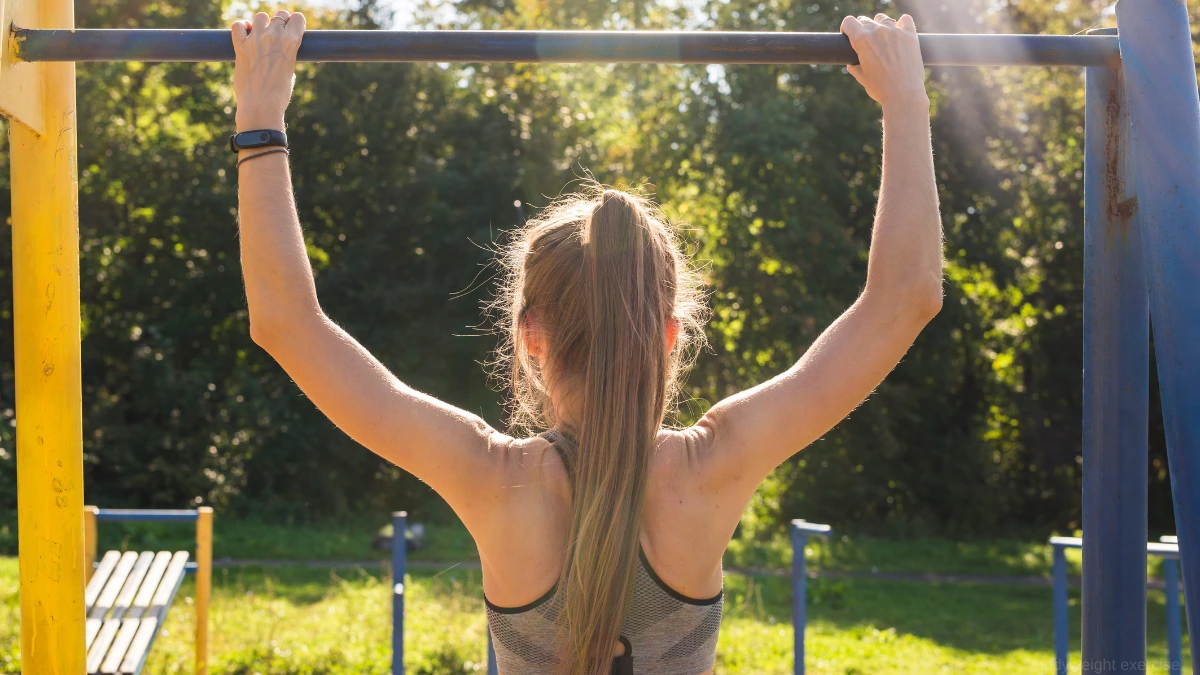
5. Pull-Ups or Inverted Rows:
If you have access to a pull-up bar, pull-ups are excellent for upper body strength. Alternatively, inverted rows can be done using a sturdy horizontal surface.
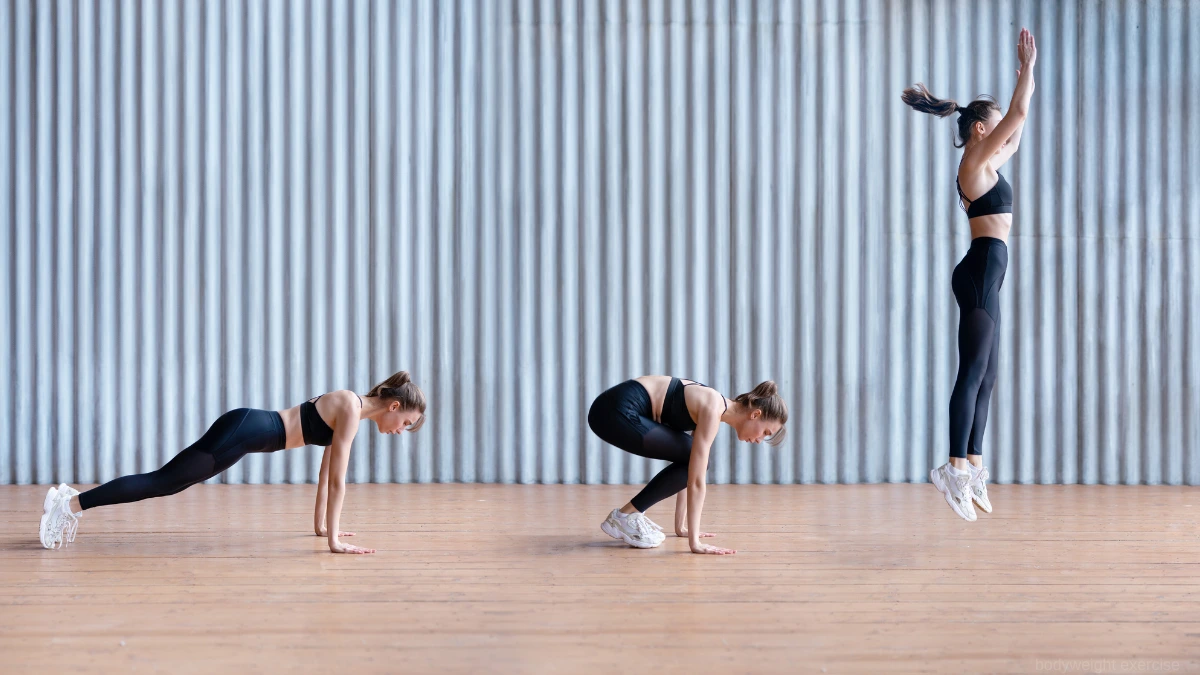
6. Burpees:
A full-body exercise that combines strength and cardio. Burpees work multiple muscle groups and elevate the heart rate for a calorie-burning workout.
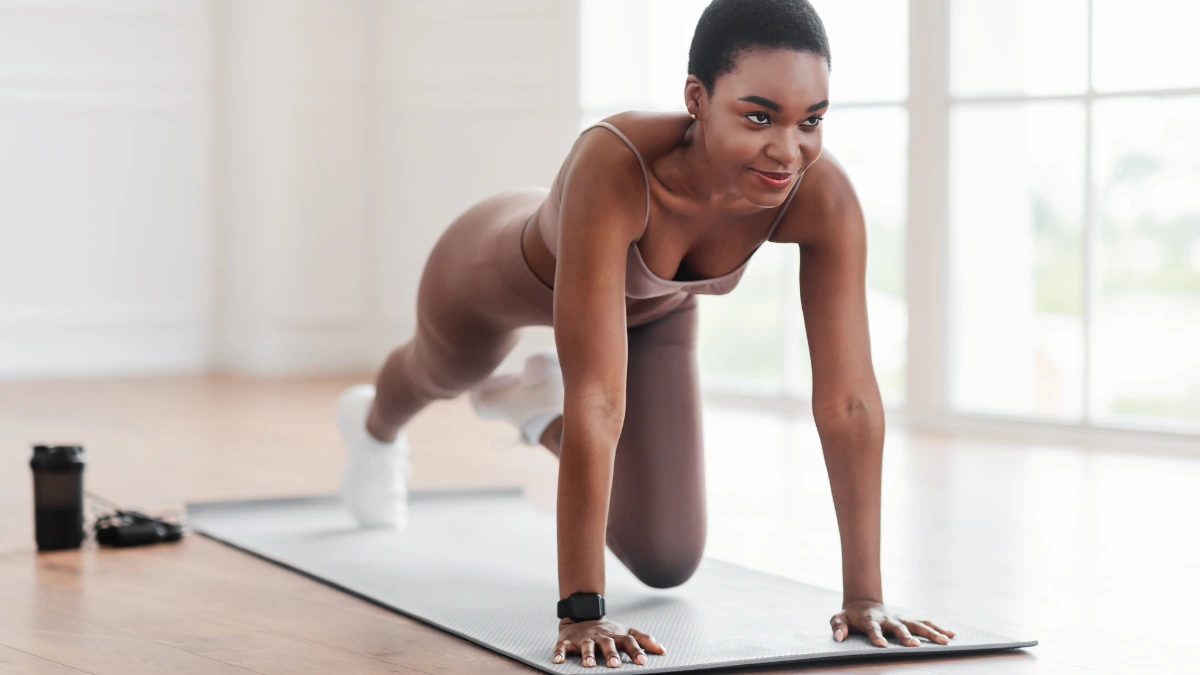
7. Mountain Climbers:
Incorporate mountain climbers for a dynamic core exercise that also engages the arms and legs. Keep a steady pace for an effective cardiovascular boost.
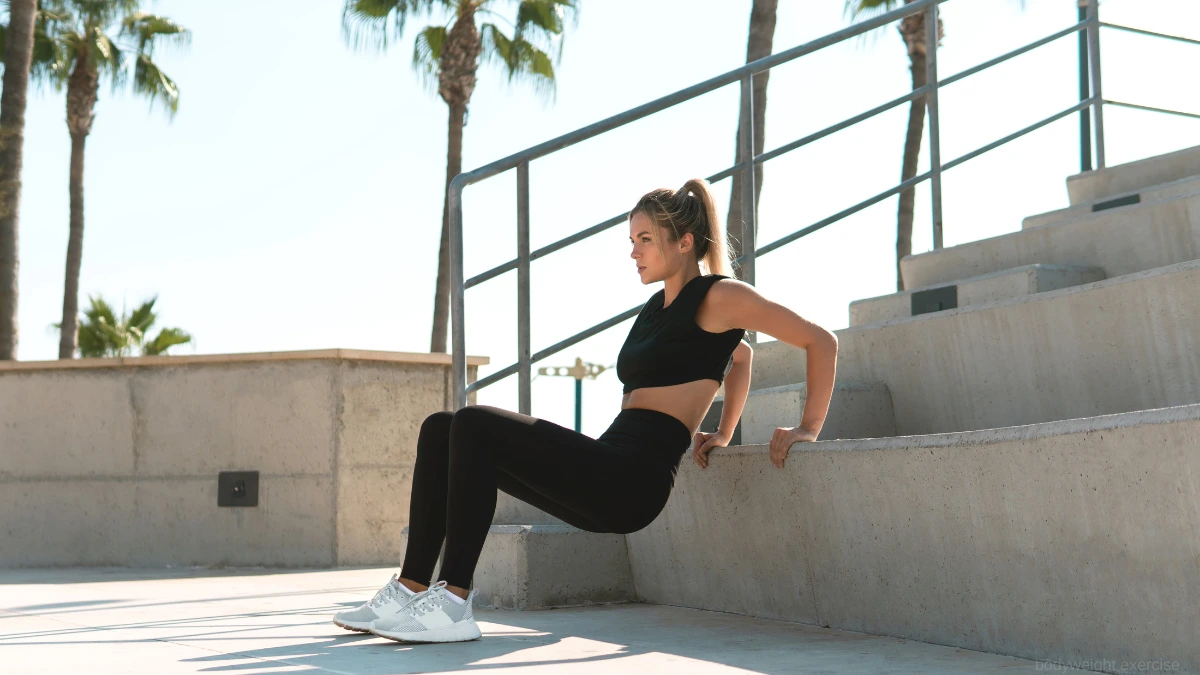
8.Tricep Dips:
Utilize a sturdy surface to perform tricep dips, targeting the muscles at the back of the arms. Adjust the difficulty by changing the angle of your body.

9. Jumping Jacks:
An excellent warm-up or cardiovascular exercise, jumping jacks elevate the heart rate and engage the entire body.
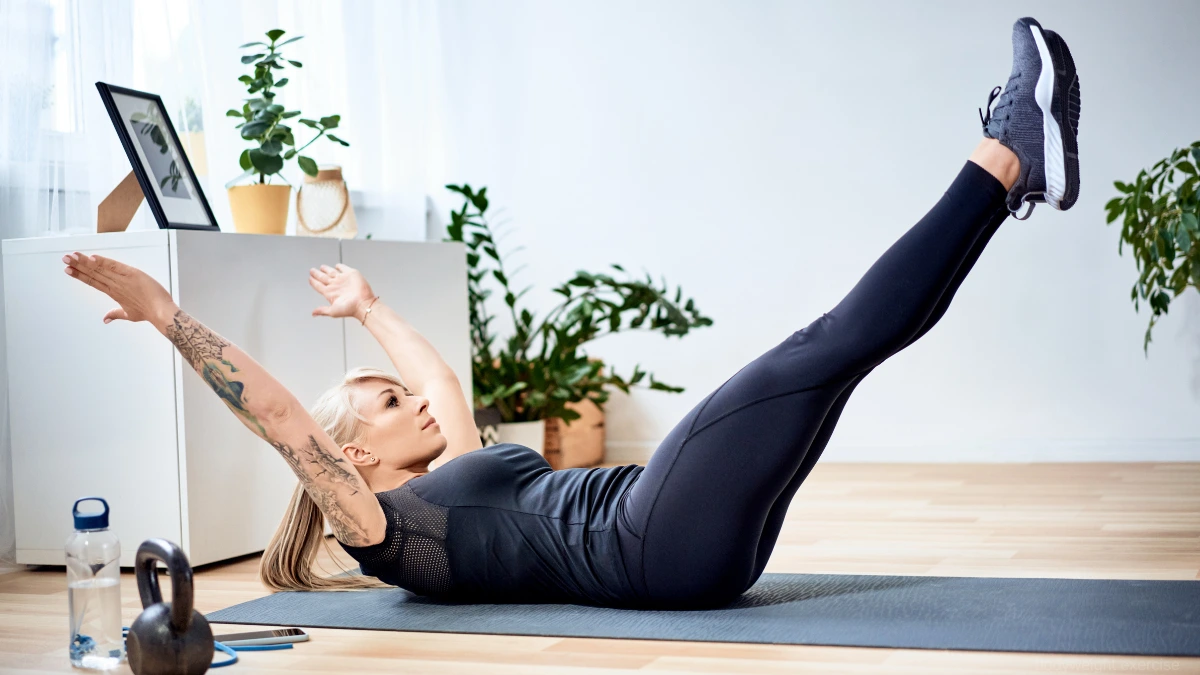
10. Hollow Body Hold:
Strengthen the core and improve posture with the hollow body hold. Focus on keeping your lower back pressed into the ground for maximum effectiveness.
How to create your body workout routine?
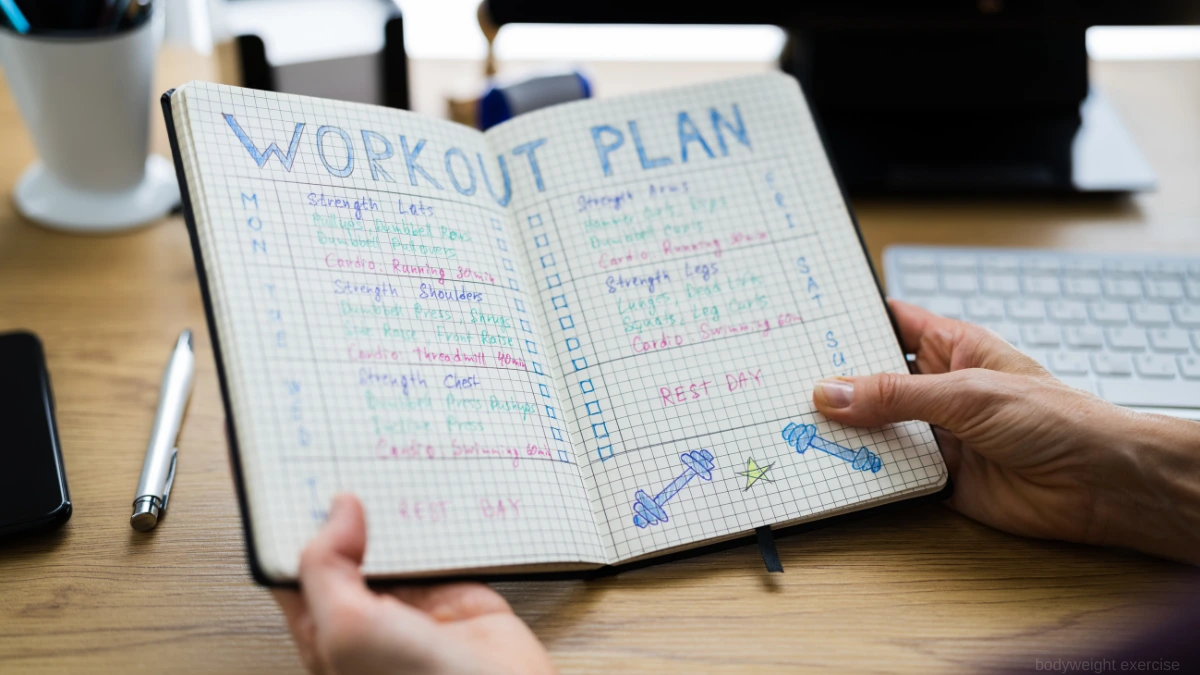
1. Set Clear Goals:
Define your fitness goals, whether it’s building strength, improving endurance, or enhancing flexibility. Tailor your bodyweight routine to align with these objectives.
2. Warm-Up Properly:
Start with an energetic warm-up to prepare your muscles for the workout. Include light cardio, joint mobility exercises, and dynamic stretches.
3. Circuit Training:
Design a circuit-based workout by combining different bodyweight exercises. Perform each exercise consecutively with minimal rest between sets for a comprehensive workout.
4. Progressive Overload:
As your fitness improves, gradually increase the difficulty of your exercises. This could involve adding more repetitions, increasing the duration of holds, or exploring advanced variations.
5. Include Rest Days:
Allow your body time to recover by incorporating rest days into your routine. Rest is essential for muscle recovery and overall performance improvement.
6. Listen to Your Body:
Pay attention to how your body responds to each exercise. If you experience pain (not to be confused with the normal discomfort of a workout), modify or skip the exercise and consult a fitness professional if needed.
Bodyweight exercises provide an energetic and effective method of achieving and maintaining physical fitness. These exercises are ideal for people who lead busy lives or have limited access to gym facilities due to their versatility and accessibility. You can start a journey to a healthier, stronger, and more resilient version of yourself—anywhere and at any time—by incorporating these bodyweight exercises into your routine and tailoring it to your fitness level and goals. So put on your sneakers, find a comfortable workout space, and allow the power of bodyweight training to transform your fitness journey.
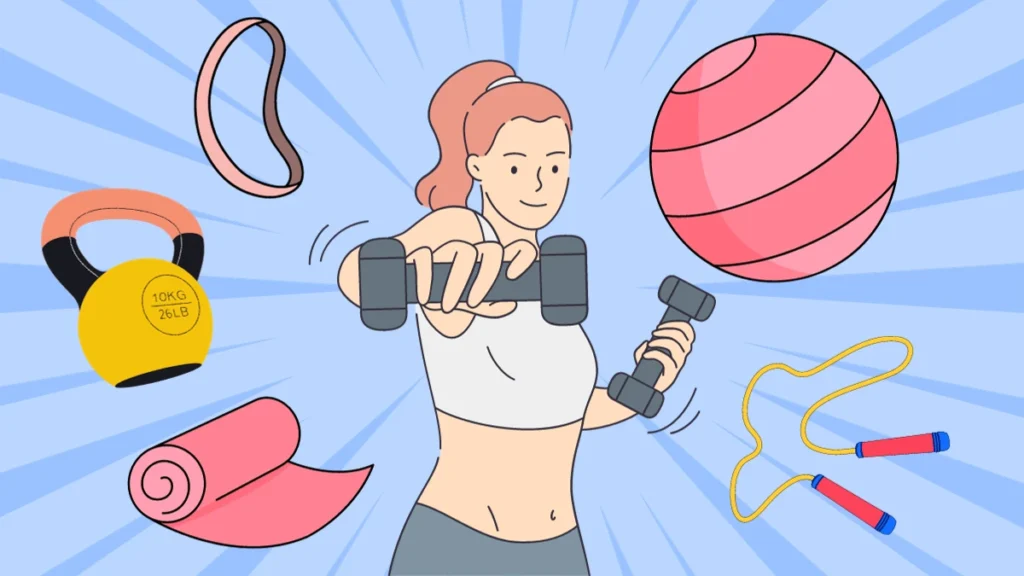
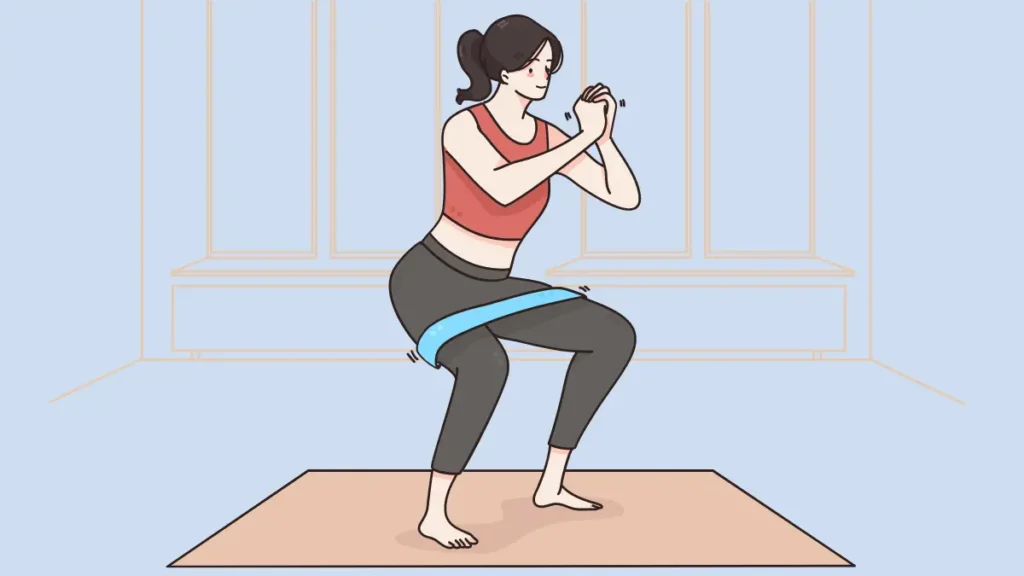
Pingback: How Does Exercise Make Your Brain Stronger?